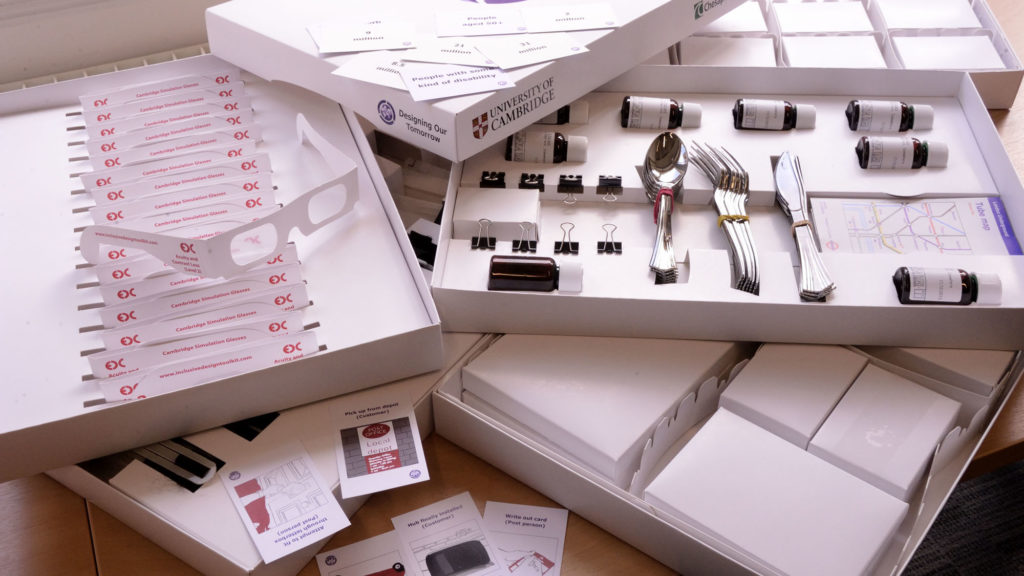
Inclusive design (ID) is the design of mainstream products and/or services that are accessible to, and usable by, people with the widest range of abilities within the widest range of situations without the need for special adaptation or design.
Pioneered by the Engineering Design Centre (EDC), in collaboration with the Royal College of Art, ID is now embedded in the approach and culture of organisations and businesses in fields including consumer products, transportation, healthcare and advertising, and has transformed approaches to product design and product marketing for reducing exclusion.
The research has led to new international guidelines on visual clarity for e-commerce. For instance, since 2018, Unilever has applied these guidelines to over 20,000 product lines distributed in over 13 countries.
Accessible package designs have also been developed by large multinational companies including GlaxoSmithKline, Nestlé and Procter & Gamble. In one case, this has reduced by 5.7 million the number of customers excluded. Procter & Gamble introduced audio descriptions into its advertisements across all product categories in USA, Spain and UK, enabling 30 million visually impaired people in those countries to access them.
Jaguar Land Rover has also adopted a set of six EDC-developed Scenario Design Books for human–machine interaction now used by over 200 engineers in the early-stage R&D team. New design ideas are tested against the inclusive profiles to ensure maximum accessibility.
EDC, with the Faculty of Education at the University of Cambridge, also developed a set of resources incorporating ID learning material into the OCR Design GCSE course used by schools in 10 countries (United Kingdom, USA, Germany, Hong Kong, Peru, Romania, Canada, Ireland, India, Qatar), resulting in over 141 teachers and 19,100 students trained in ID.
“You have helped P&G in identifying correlations between inclusive design and business potential, assessing products for accessibility and identifying opportunities for existing and future products, by applying inclusive design principles.”
– Company Accessibility Leader, Procter & Gamble


